****If your cat is eliminating outside the litterbox, do not wait, take them to your veterinarian to determine if there is a health problem first! Certain urinary tract issues can be deadly if not caught early. Once an illness has been treated or ruled out, then we can look at ways to change the inappropriate behavior.
All cats that are urinating outside the litter box or in inappropriate places should receive a medical evaluation to identify and address underlying medical diseases. In some cases, a primary medical reason for inappropriate urination will be identified, treatment implemented, and the problem resolved. However, in other cases, there will be no primary medical problem identified or even after the resolution/control of the medical issues, inappropriate urination will continue. In the later case, the medical problem may have been the initiating cause but the behavioral issues maintain inappropriate urination, despite the successful control/resolution of medical problems. In such cats, consider the following questions.
|
Question |
Answer |
|
1. Does your cat urinate on vertical surfaces outside the litter box? |
ð Yes ð No |
|
2. Does your cat urinate on horizontal surfaces outside the litter box? |
ð Yes ð No |
|
3. Does your cat seek out certain targets for urination? |
ð Yes ð No |
|
4. Do these targets have a common quality (eg. All soft, absorbent materials, certain room, always slick surfaces)? |
ð Yes ð No |
|
5. Is the deposited quantity of urine very small? |
ð Yes ð No |
|
6. Does your cat defecate outside the litter box? |
ð Yes ð No |
|
7. Does your cat ever use the litter box? |
ð Yes ð No |
|
8. Does your cat dig in its litter when it uses the litter box? |
ð Yes ð No |
|
9. Is there more than one cat in the household? |
ð Yes ð No |
|
10. Does your cat ever fight or appear frightened by other pets or people in the household? |
ð Yes ð No |
|
11. Are the litter boxes all in the same site/room/area/level of the house? |
ð Yes ð No |
|
* "YES" answers for questions 1-5 may indicate urine marking. |
|
|
Total # Boxes in House _________ |
Answer (indicate # of boxes with each characteristic) |
|
Cleaning Schedule for Litter Boxes |
Check Rate |
|
Box Style |
|
|
Scooping |
|
|
Covered |
|
|
Multiple times per day |
|
|
Uncovered |
|
|
Once per day |
|
|
Large |
|
|
Once every other day |
|
|
Medium |
|
|
Twice a week |
|
|
Small |
|
|
Once a week or less |
|
|
With plastic liner |
|
|
|
|
|
|
|
|
|
|
|
Litter Type |
|
|
Complete Box Change (wash, new litter) |
|
|
Unscented |
|
|
Daily |
|
|
Scented |
|
|
Weekly |
|
|
Clumping (sand-like) |
|
|
Every 2 weeks |
|
|
Recycled paper (pellets) |
|
|
Monthly |
|
|
|
|
|
Every 2 to 3 months |
|
|
Non-clumping clay |
|
|
Every 3 to 6 months |
|
|
Wheat, clumping |
|
|
Every year or more |
|
|
Corn, clumping |
|
|
Never |
|
|
Pine |
|
|
|
|
|
Other |
|
|
|
|
Behavioral Management for Cats with
Inappropriate Urination
Cats that urinate and/or defecate outside the litter box do so for a variety of reasons including medical disease, communication (eg. Marking), and toileting preferences/aversions. Sometimes the medical problem can be an initiating factor for toileting problems. For example, medically triggered urgency to urinate causes the cat to select a convenient location like the bed on which it sleeps. Even with resolution of the medical problem, the new behavior can persist. These cats develop a new preference for toileting (eg. The bed is convenient, nicely absorbent, and is cleaned readily) or have such negative association with the litter box (eg. Painful urination when they were ill) that they persist in using a new, alternative, inappropriate site. Issues that should be addressed in cases of inappropriate elimination are listed below.
|
Resource |
Recommendation |
Explanation/Consequences |
|
Number of litter boxes |
Number of litter boxes = number of cats + 1 |
Too few litter boxes may result in problems that cause a cat to seek alternative toileting sites. These problems may include: Volume of excrement in litter box, box occupied by another cat, litter box being guarded by another cat. |
|
Location of litter boxes |
Should be spread throughout environment in easily accessible locations |
Clustering litter boxes in one location may create access problems. These problems may include: guarding by another cat and physical challenges (eg. Stairs/distance) with getting to litter box location. |
|
Litter box style |
Large Uncovered |
Boxes that are too small may be uncomfortable for the cat to use, causing it to seek other sites. Boxes that are covered may trap odors, creating an unpleasant environment and causing the cat to seek other toileting sites. |
|
Litter |
Clumping (sand-like) Unscented |
While individual preferences exist, the majority of cats prefer unscented clumping litter (fine particulate matter - similar to sand) |
|
Litter box hygiene |
Daily litter box scooping Complete litter box cleaning/change every 1 to 4 weeks |
Cats tend to be fastidious and prefer clean toileting locations. Frequency of full box cleaning (wash/new litter) will depend upon litter type; clumping-type litters that allow owners to remove urine may require less frequent changes. |
|
Scratching posts/pads |
Multiple, sturdy, tall, prominently located |
Scratching is a form of marking behavior. Encouraging scratch marking on appropriate targets may reduce likelihood of other forms of marking and prevent destruction of household items. |
|
Resting perches |
Multiple, single-cat sized, elevated, upholstered |
Creative use of vertical space in the home can reduce intercat tension/aggression. Cats tend to prefer upholstered surfaces to slick surfaces for resting but individual preferences may exist. |
|
Feeding/water stations |
Number of stations = number of cats |
Providing adequate resources spread throughout the environment allows cats to self-segregate, which may help reduce social tension in multicat households. |
|
Play/social interaction |
At least 2 to 3 short sessions (5 to 10 minutes daily) |
Cat age and personality may affect type and duration of interaction but it is important to recognize that domesticated cats are social and will often benefit from play/interaction. Indoor-only cats can especially benefit from owner-initiated activity such as play with toys for overall stress reduction and exercise. Play activity also enhances the family-pet bond and is beneficial for overweight cats. |
**** If your cat is eliminating outside the litterbox, do not wait, take them to your veterinarian to determine if there is a health problem first! Certain urinary tract issues can be deadly if not caught early. Once an illness has been treated or ruled out, then we can look at ways to change the inappropriate behavior.
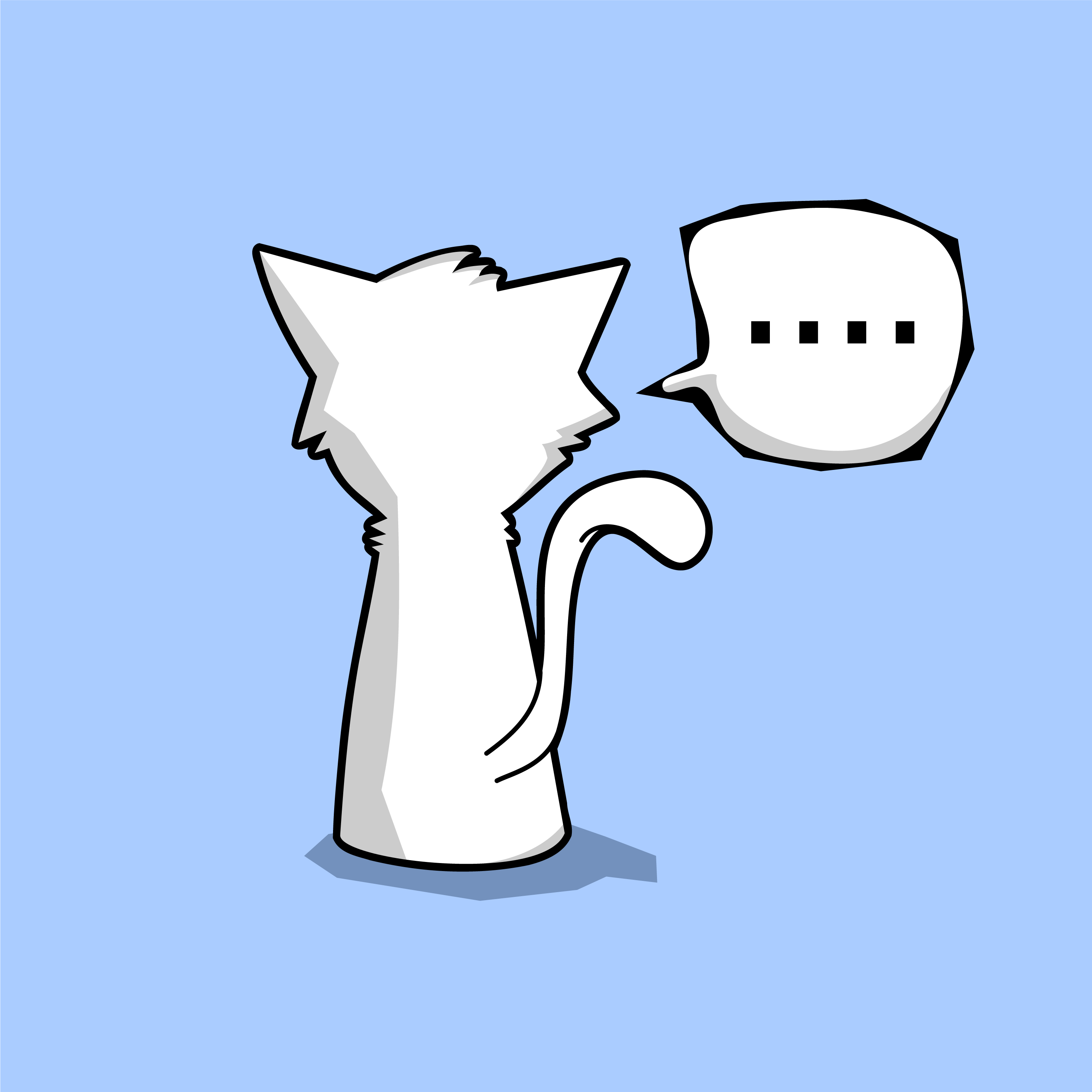



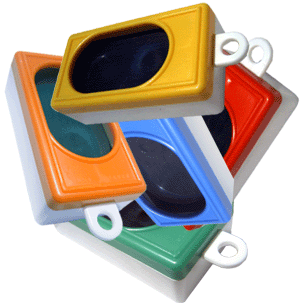
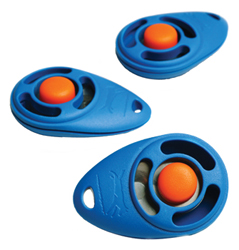


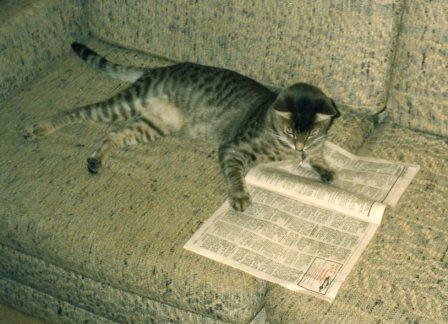
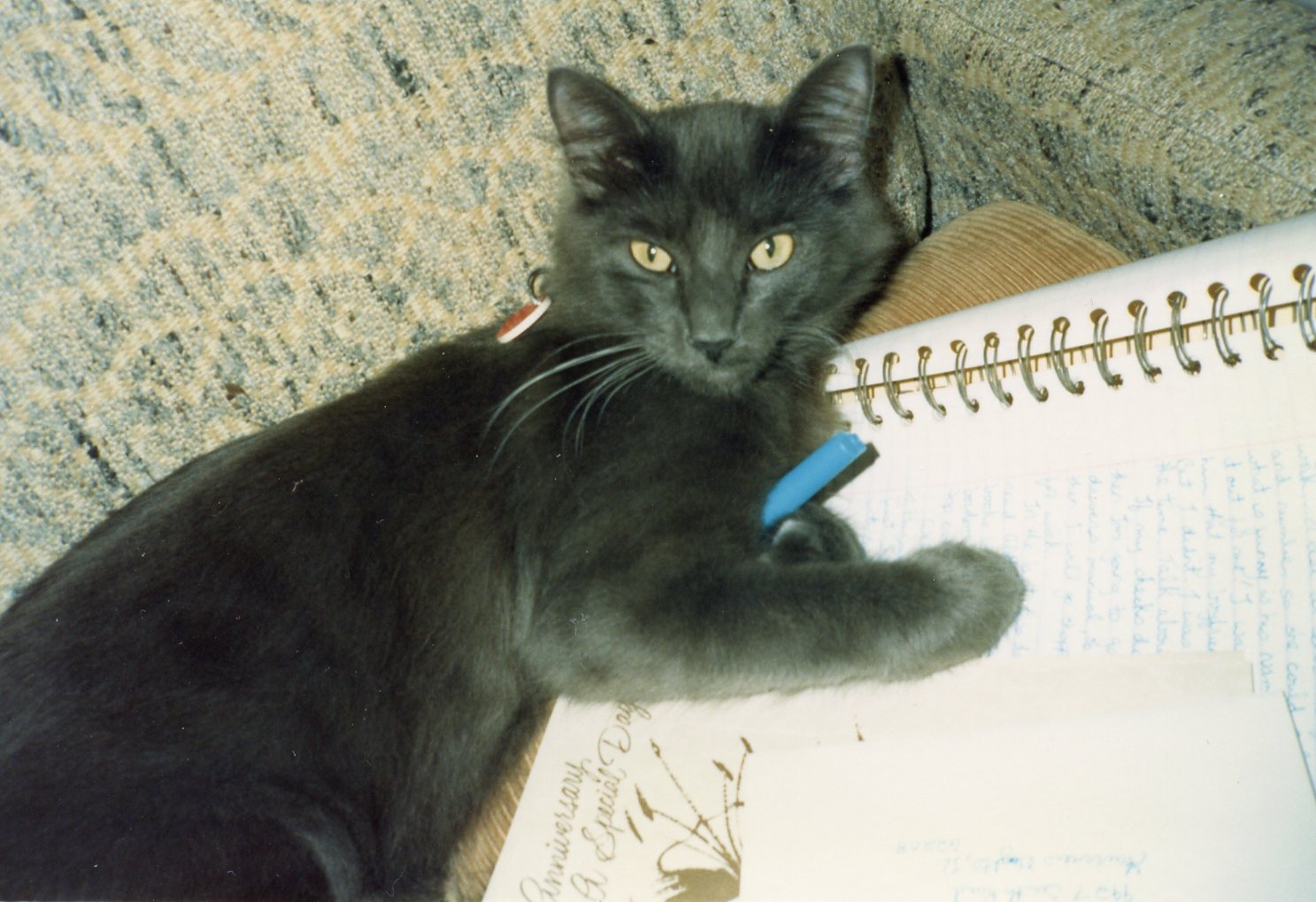
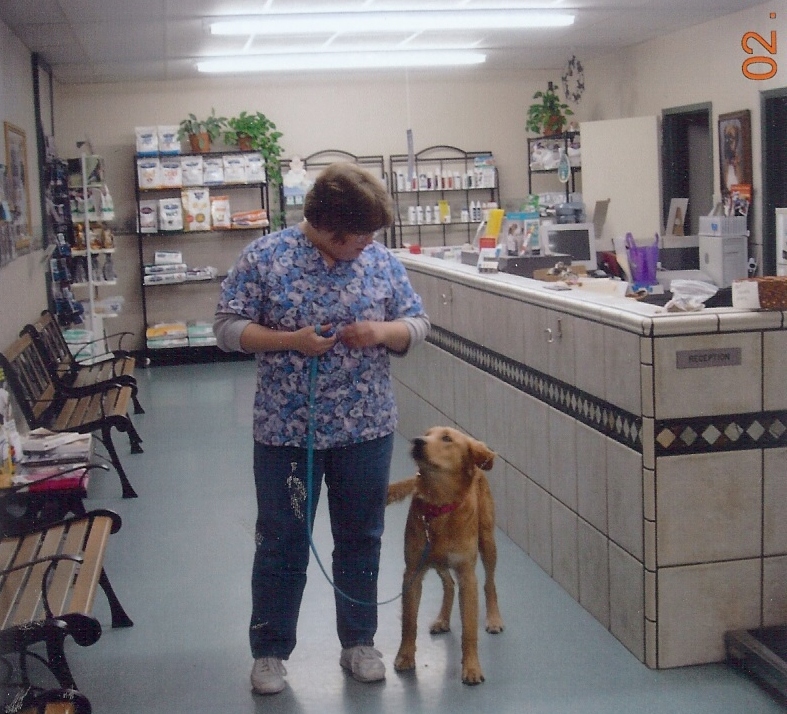
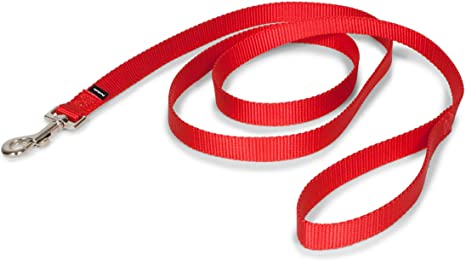
Shouldn't Your Pet Have Pawfect Manners?
You can have a well-behaved pet, let me show you how.
Schedule Your Class!(281) 440-6818
judy.pawfectmanners@gmail.com